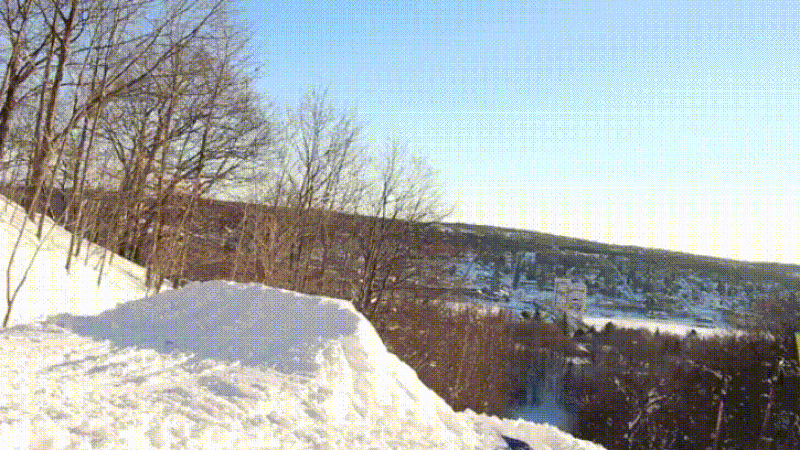Over winter vacation this year, my whole family learned how to ski. I had never tried to ski down the face of a mountain before, and the prospect was a little intimidating. Over the course of three days, we worked with three different instructors who each used very different teaching methods, from lecture style to hands-on trial and error. Each day, we were part of a group of students whose skill sets, level of preparation, and risk tolerance varied widely.
All of this got me thinking about the challenges we all face as teachers trying to connect with the huge variety of kids we teach. For many of us, it has been a while since we have been students. Being on the other side of the process can remind us of some important things we may have forgotten after years of teaching.
Whether you are considering learning to play the guitar, taking up yoga, learning a language, or trying to ski down a mountain, being a student again can be so invigorating and help you become a better teacher. Here are a few of the things I was reminded of as I spent those three days as a student learning a brand-new skill.
1. Learning something new can be really intimidating.

Our instructor the first day started small. First only one ski, just trying to push along on the flat ground. Then two skis. Then a tiny downslope. Little by little. The second day began with lots of review to solidify skills we had previously learned before tackling anything new. Each little success was praised. It felt great.
As educators, we have all mastered our subject matter in a way that can make it feel like second nature. Whatever we are teaching, after years of study and experience, it is easy to forget how challenging, and even scary, that subject was when we first came across it. We must remember that the subject matter we teach isn’t as familiar, and could be overwhelming, to our students. Sometimes, it’s important that we start small, providing information to students a bit at a time and encouraging them along the way.
2. Hands-on experience is a lot more engaging than listening to someone talk.
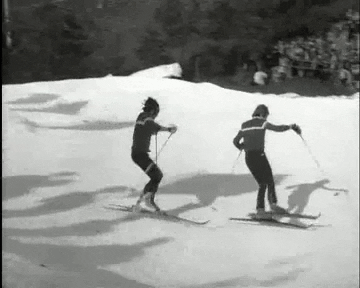
All of us had greater success with the instructors who allowed us the most time to ski on our own. Sure, they would take time to demonstrate. Of course, they would answer questions. But they were working as guides helping us navigate our own way through this new skill.
Let’s face it: Sometimes it is easier to simply explain something to students than it is to create ways for them to experience learning it on their own. True, there are some lessons that just require a little bit of lecture-style teaching. But the greatest student engagement is proven to come when students are actively involved.
3. Sometimes, you need to move at the pace of your slowest learner so they don’t get left behind.
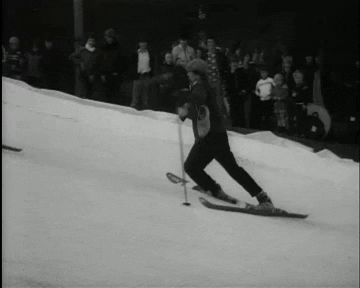
“We will move at the pace of our slowest skier,” one instructor told us. As soon as he did, I could see two students visibly relax. They were not as comfortable on skis as the rest of us, and they were relieved to be allowed to progress through their own comfort zone rather than being forced to keep up with more advanced students. Rather than struggling and reinforcing bad habits, they were allowed to learn.
We have all had that experience in the classroom—a few kids who really grasp the subject pressing to move ahead. They are often more vocal than the kids who are having some difficulty and working hard to hide their struggle from their peers, and maybe even the teacher. Telling students you won’t move on until everyone understands can really help struggling students relax and be more vocal when they need additional instruction.
4. Sometimes, you need to let the more advanced students move ahead on their own.
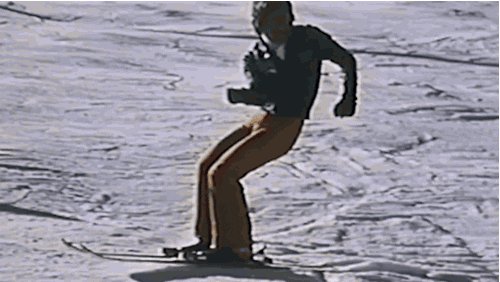
Our second-day instructor really balanced this challenge well. He let a couple of us ski on our own, giving us the freedom to experiment, checking in now and then to see what questions we had. In classrooms with a wide variety of skills, this differentiation can lead to the success of everyone. Those who are feeling more secure gain a sense of empowerment, while still having a resource to answer questions. And those who struggle get more of the teacher’s attention, making sure they don’t fall too far behind.
While the approach to move at the pace of the slowest students can really help struggling students, it can often leave our more advanced students frustrated and bored. As much as we don’t want to leave behind struggling students, we don’t want to limit our more advanced kids either. Those students need to be given the freedom to explore; we can do that and help students who need more attention.
5. Mastering something new invigorates all learners.
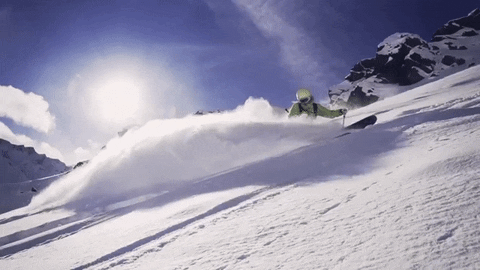
Making it down the mountain the first time was about so much more than skiing. It was about bonding with my fellow students and proving I could still tackle a new skill in my forties. The experience was wonderful!
This is likely one of the main reasons we all go to work every day—to see that smile on a kid’s face when they finally master their multiplication tables, or the first time they make a violin sound musical, or when they hold up the bomber jacket they just sewed themselves. It is empowering to help students overcome intimidation and master a new skill. Each time we do it, we reinforce their success as lifetime learners.
The new year is the perfect time to take on the role of student and try something new. So think about that desire you have had to practice yoga, or play some chords on a guitar, or rewire your own electrical switches. Then get out there and find a teacher! Believe me. Your experience will definitely reinvigorate your teaching.
What have you done recently that has helped you become a better teacher? We’d love to hear in the comments.

